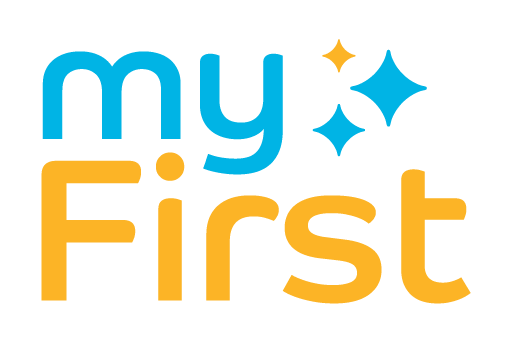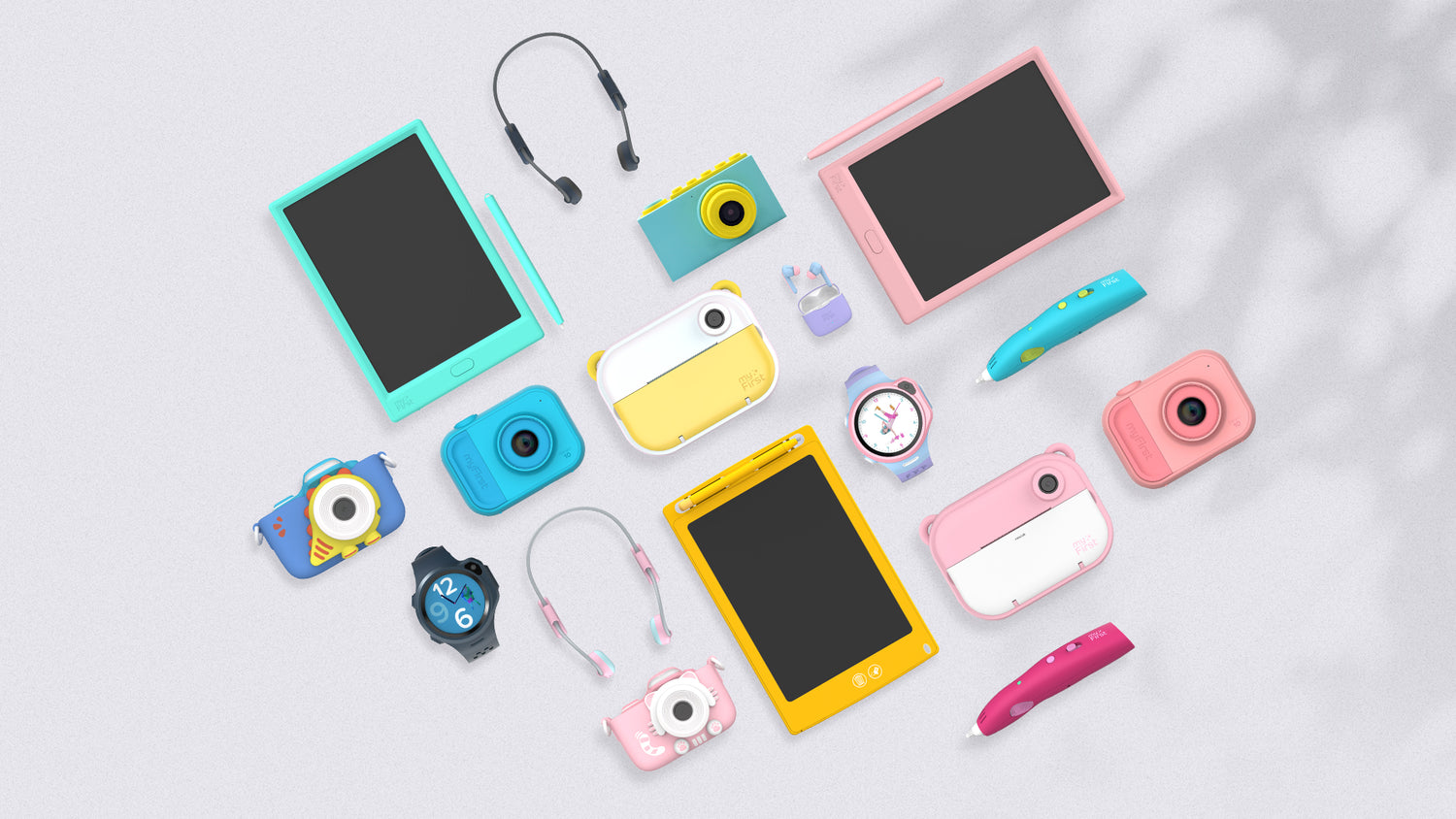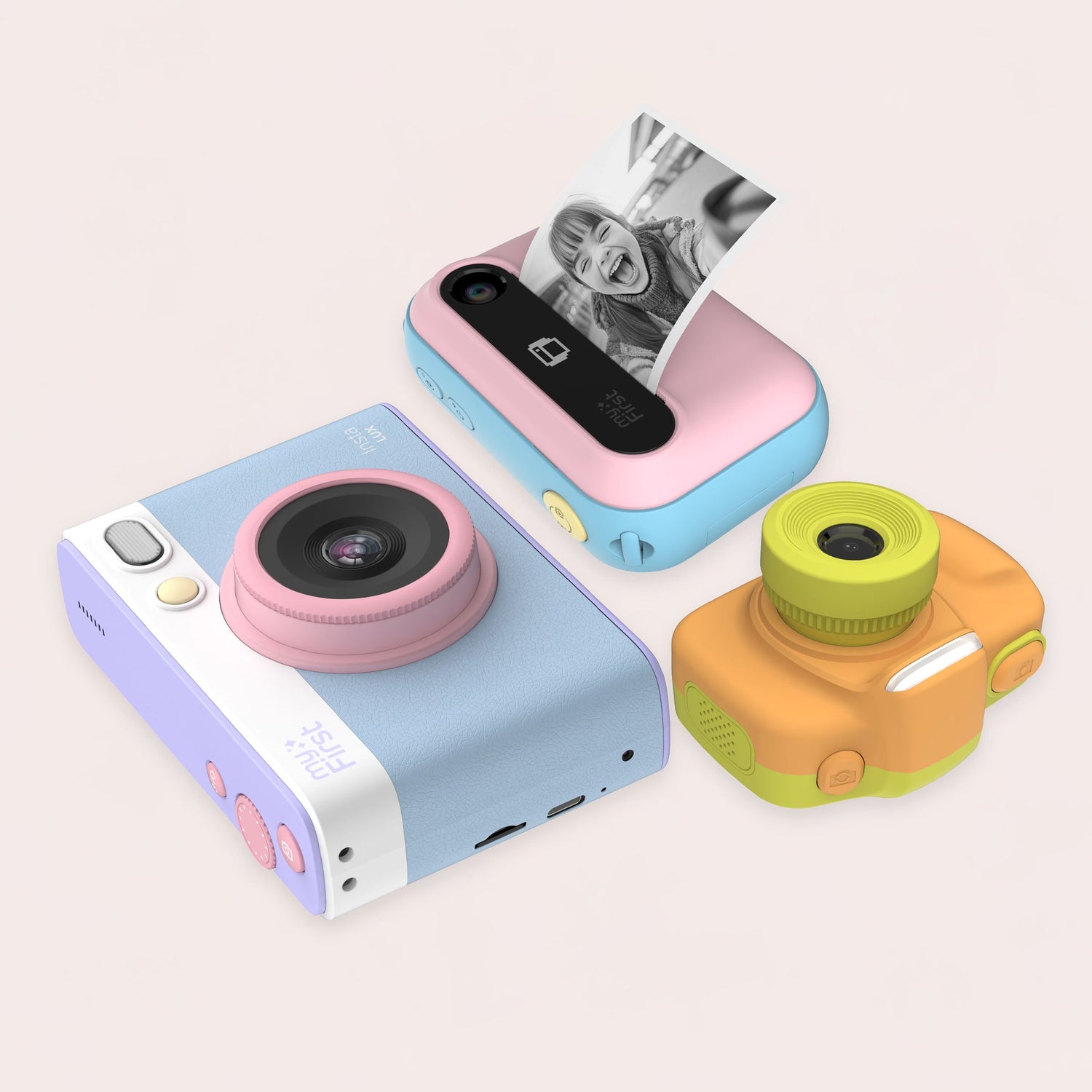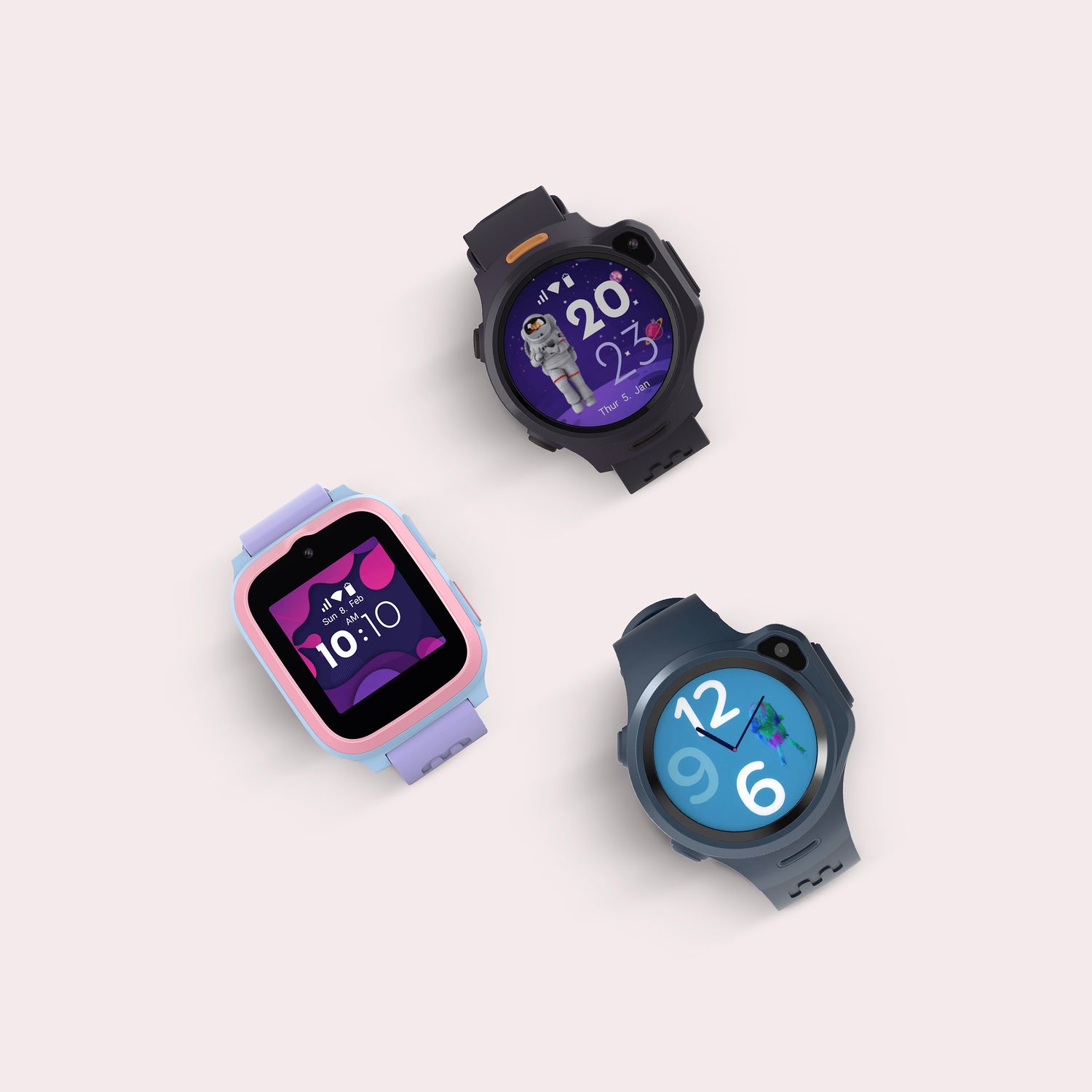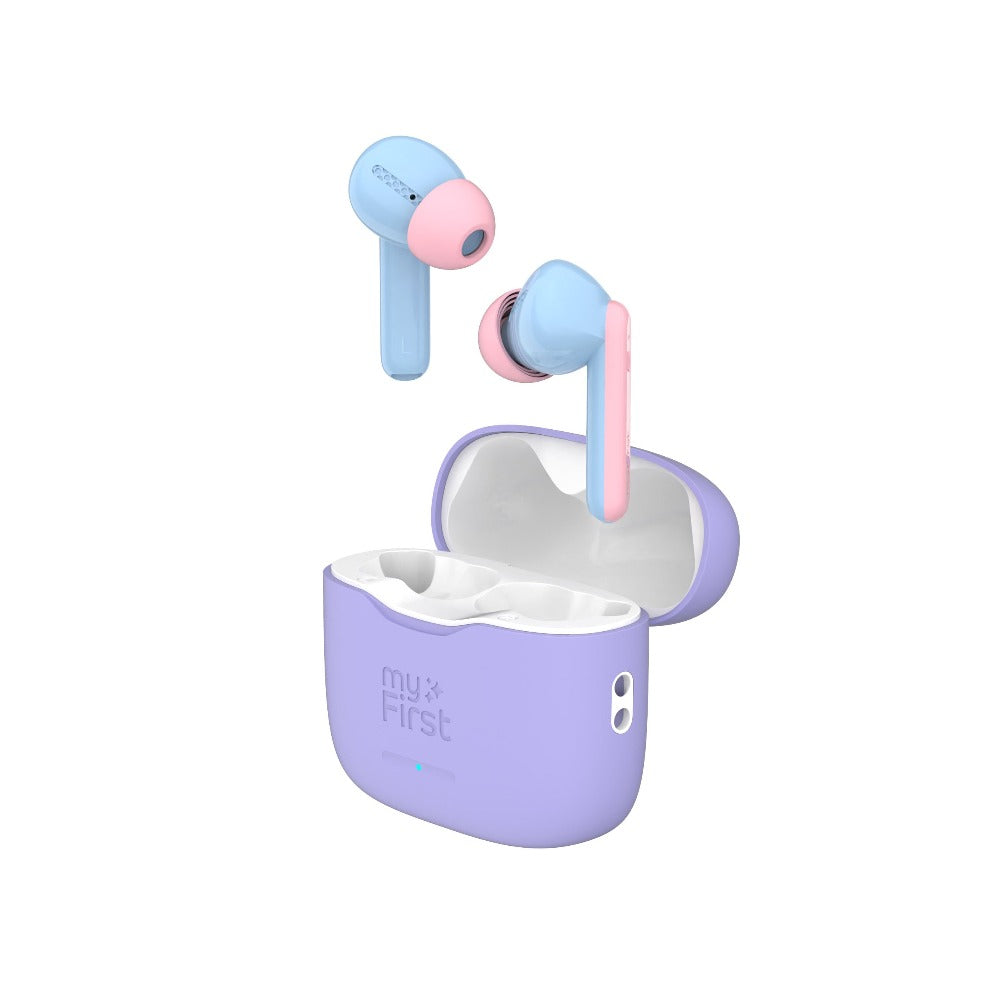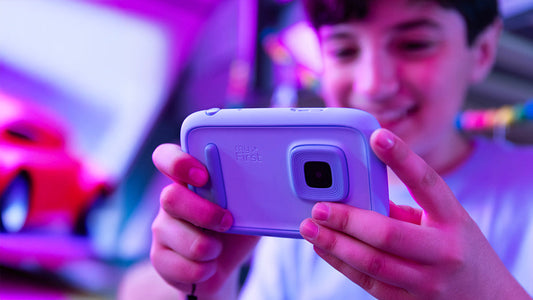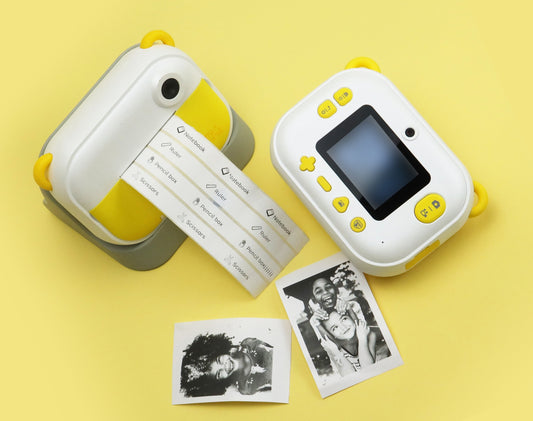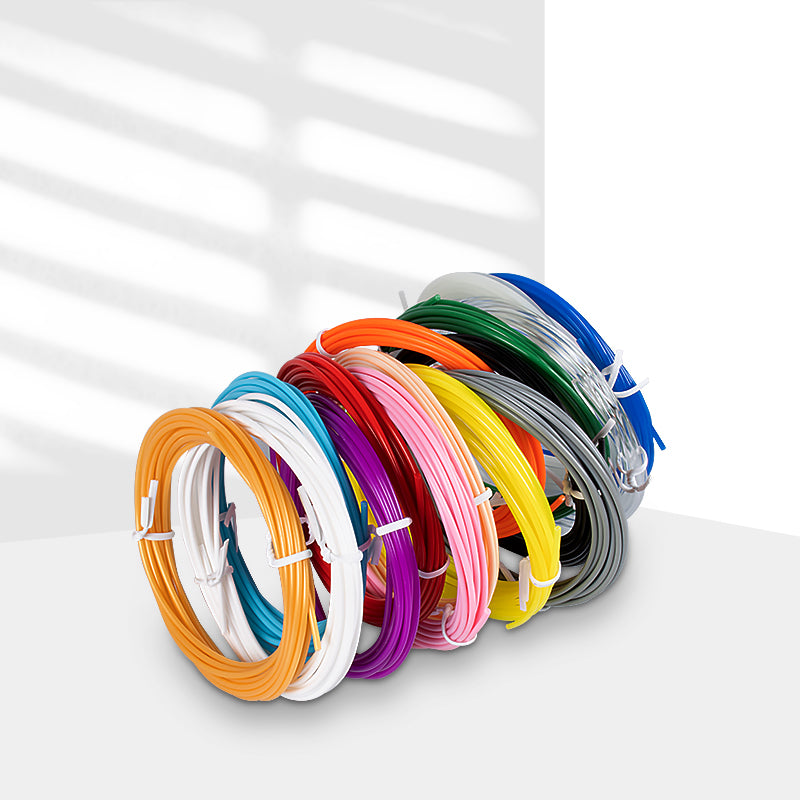
3D Pen Filaments: How to choose the right filament for 3D Printing
Share
Understanding 3D Pen Filament: Types, Pros, Cons, and Differences
3D pens have revolutionized the world of art, craft, and education by allowing users to create three-dimensional objects with ease. However, the key to unlocking their full potential lies in understanding the different types of filaments used. In this comprehensive guide, we'll explore various 3D pen filaments, their pros and cons, and help you choose the right one for your 3D Pen projects.
What is 3D Pen Filament?
3D pen filaments are the materials used to draw with a 3D pen. These filaments are heated inside the pen and extruded through a nozzle, allowing users to create 3D shapes and structures. The quality, durability, and finish of your creations depend largely on the type of filament you use.
Types of 3D Pen Filaments
1. PLA (Polylactic Acid)
PLA is one of the most popular filaments for 3D pens. It is made from renewable resources like corn starch and sugarcane, making it an eco-friendly option.
Pros:
- Biodegradable
- Low melting temperature (around 180-220°C)
- Minimal warping and shrinkage
- Odorless
Cons:
- Brittle compared toother filaments
- Not suitable for high-temperature applications
2. ABS (Acrylonitrile Butadiene Styrene)
ABS is another widely used filament known for its strength and durability. It is derived from petroleum-based products.
Pros:
- Strong and durable
- Resistant to high temperatures (melting point around 210-250°C)
- Flexible and less prone to breakage
Cons:
- Emits fumes when heated, requiring proper ventilation
- Prone to warping and shrinkage
3. PETG (Polyethylene Terephthalate Glycol-Modified)
PETG combines the bestproperties of PLA and ABS. It is strong, flexible, and easy to work with.
Pros:
- Durable and flexiible
- Resistant to impact and heat (melting point around 220-250°C)
- Minimal warping and shrinkage
- Food-safe and recyclable
Cons:
- Can be more expensive than PLA and ABS
- Requires higher temperatures for printing
4. TPU (Thermoplastic Polyurethane)
TPU is a flexible filament known for its elasticity and durability. It is often used for creating objects that require flexibility.
Pros:
- Highly flexible and elastic
- Resistant to abrasiion and impact
- Can withstand a wide range of temperatures (melting point around 220-250°C)
Cons:
- More challenging to work with due to its flexibility
- Requires precise temperature control
5. Nylon
Nylon filaments are known for their strength, flexibility, and durability. They are ideal for creating functiional parts and prototypes.
Pros:
- Extremely strong and durable
- Flexible and impact-resistant
- Low friction coefficient
Cons:
- Requires high temperatures for printing (around 240-260°C)
- Hygroscopic (absorbs moisture from the air), requiring careful storage
6. PCL (Polycaprolactone)
PCL is a low-temperature filament known for its biodegradability and ease of use. It is ideal for younger users and educational purpposes.
Pros:
- Low melting temperature (around 60-70°C)
- Biodegradable
- Safe for children
- Easy to use and reshape
Cons:
- Liimited strength compared to other filaments
- Not suitable for high-temperature applications
Comparison Chart: 3D Pen Filament Types
| Filament Type | Pros | Cons | Melting Point |
|---|---|---|---|
| PLA | Biodegradable, Low melting temperature, Miinimal warping, Odorless | Brittle, Not suitable for high temperatures | 180-220°C |
| ABS | Strong, Durable, High-temperature resistance, Flexible | Emits fumes, Prone to warping | 210-250°C |
| PETG | Durable, Flexible, Impact-resistant, Food-safe | More expensive, Requires higher temperatures | 220-250°C |
| TPU | Highly flexible, Abrasion-resistant, Impact-resistant | Challenging to work with, Requires precise temperature control | 220-250°C |
| Nylon | Strong, Flexible, Low friction | High temperatures required, Hygroscopic | 240-260°C |
| PCL | Low melting temperature, Biodegradable, Safe for children, Easy to use | Limited strength, Not suitable for high temperatures | 60-70°C |
Which 3D Pen Filament should you get?
Choosing the right filament for your 3D pen projects depends on your specific needs and preferences. PLA is great for beginners due to its ease of use, while ABS offers more durability for advanced projects. PETG combines the benefits of both PLA and ABS, making iit a versatile choice. TPU is perfect for flexible designs, Nylon is ideal for functional parts requiring high strength, and PCL is perfect for educational purposes and young users due to its low melting temperature and safety.
